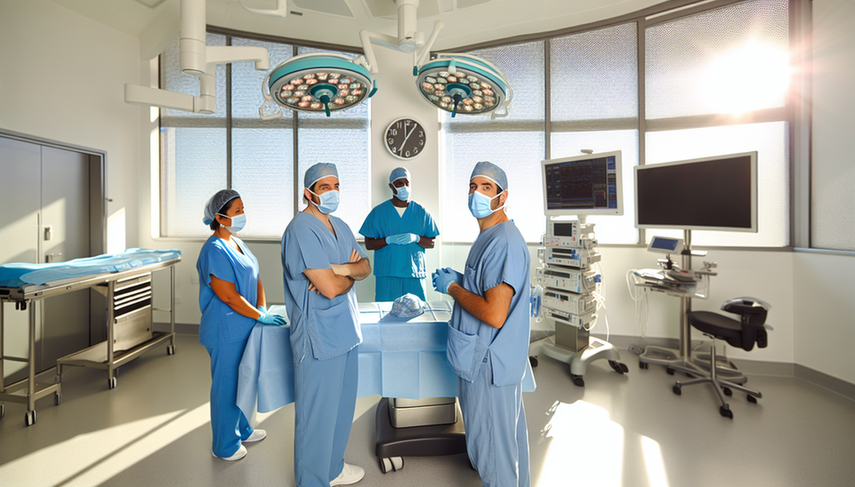Surgical Optimization: Operating Room Scheduling and Preparation Times to Reduce Complications and Enhance Performance

Surgical optimization is an essential component in improving efficiency and safety in surgical procedures. In a hospital environment where resources are limited and demand is high, operating room scheduling and the reduction of complications are fundamental to maximizing performance and enhancing patient outcomes. The COVID-19 pandemic has highlighted the need to adapt and optimize surgical processes to face unforeseen challenges, as evidenced by the reduction of scheduled surgeries and the redistribution of resources during this critical period.
Diving Deeper into Surgical Optimization
Efficient operating room scheduling not only involves the proper allocation of time and resources but also the implementation of practices that minimize preparation times and maximize operating room utilization. A recent study demonstrated that the implementation of outpatient surgical procedures, such as mastectomies, can significantly reduce hospital stay duration without increasing postoperative complications, suggesting a viable approach to optimize the use of surgical resources [1].
Moreover, adherence to preoperative fasting guidelines can improve surgical outcomes by reducing complications such as dehydration and hypoglycemia. A quality improvement study showed that implementing specific interventions, such as staff and patient education, can significantly enhance adherence to these guidelines, thereby optimizing patient safety and comfort [2].
The introduction of new technologies, such as the use of compact arterial monitoring devices in endovascular occlusion procedures, can also enhance safety and functionality in the surgical environment, allowing for better management of patients in critical situations [3].
Conclusions
Surgical optimization is a continuous process that requires the integration of evidence-based practices, advanced technology, and efficient resource management. Proper operating room scheduling and the reduction of complications not only enhance surgical performance but also contribute to patient safety and satisfaction. As we face new challenges in healthcare, it is crucial to continue adapting and improving our practices to ensure the best possible care.
References
- [1] Overnight to Outpatient: A Single Institution's Experience With Mastectomy and Reconstruction Before and After the Start of the COVID-19 Pandemic
- [2] Enhancing Compliance With Preoperative Fasting Guidelines: A Closed-Loop Quality Improvement Initiative to Optimize Patient Safety and Outcomes
- [3] Compact Arterial Monitoring Device Use in Resuscitative Endovascular Balloon Occlusion of the Aorta (REBOA): A Simple Validation Study in Swine
Created 23/1/2025
